
cd_nom
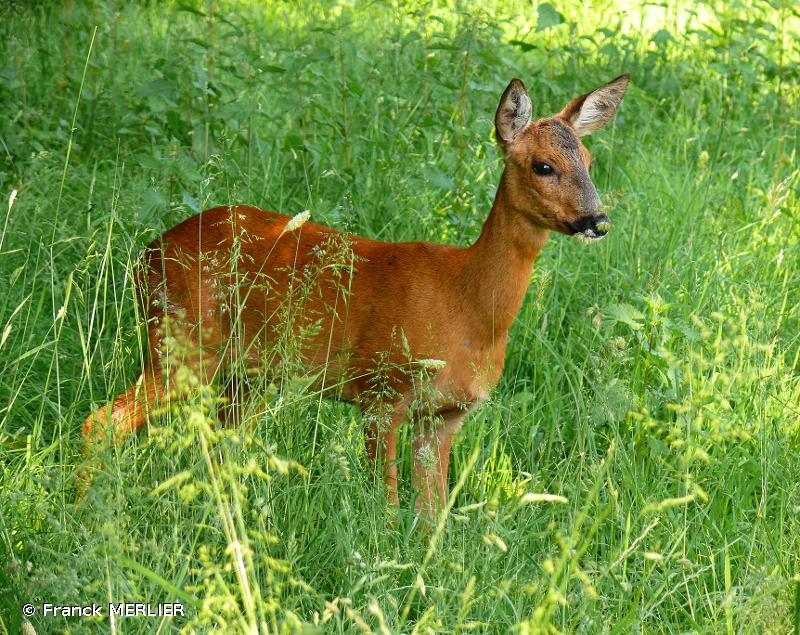
| Auteur : Franck MERLIER |
 |
Pour se procurer la photo originale ou demander une autorisation d'utilisation, consulter :
Franck Merlier
email : merlier_franck@yahoo.fr
Malgré la licence Creative Commons, n'hésitez pas à informer l'auteur de l'utilisation qui sera faite de sa photo
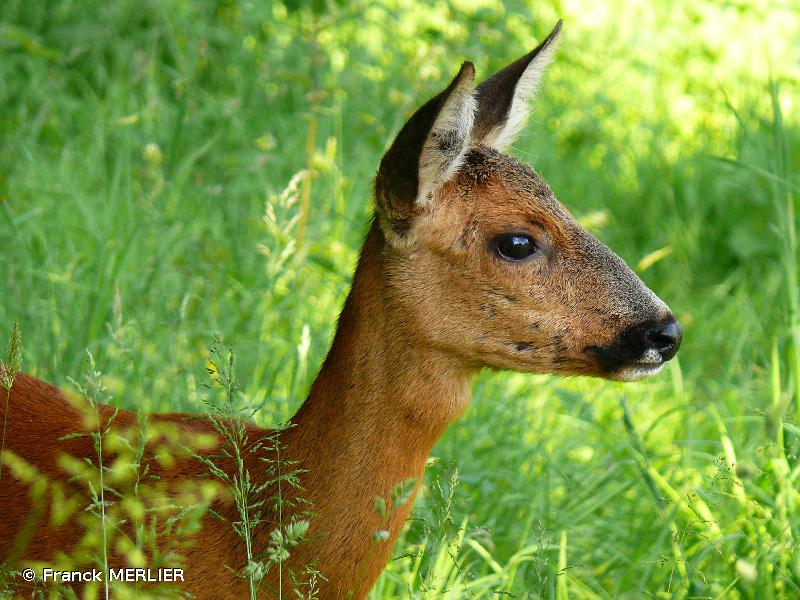
| Auteur : Franck MERLIER |
 |
Pour se procurer la photo originale ou demander une autorisation d'utilisation, consulter :
Franck Merlier
email : merlier_franck@yahoo.fr
Malgré la licence Creative Commons, n'hésitez pas à informer l'auteur de l'utilisation qui sera faite de sa photo

| Auteur : R. Poncet |
 |
Pour se procurer la photo originale ou demander une autorisation d'utilisation, consulter :
Rémy Poncet
Malgré la licence Creative Commons, n'hésitez pas à informer l'auteur de l'utilisation qui sera faite de sa photo
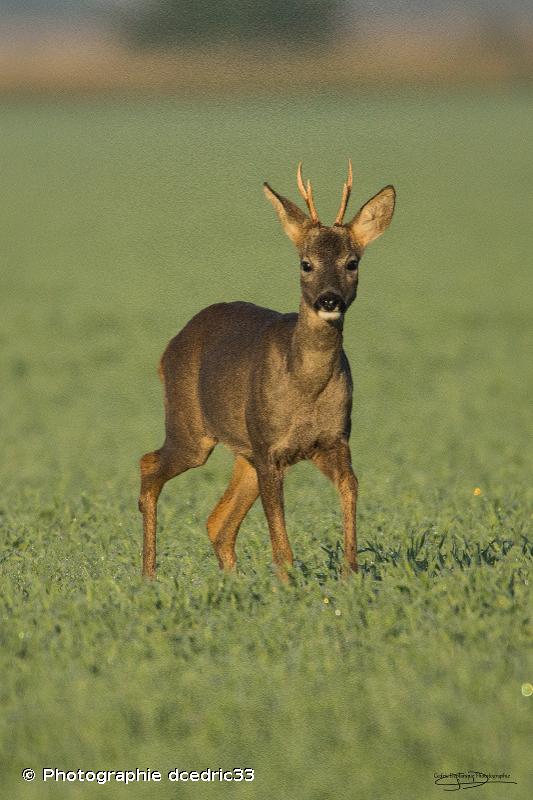
| Auteur : Photographie dcedric33 |
 |
Pour se procurer la photo originale ou demander une autorisation d'utilisation, consulter :
Cédric Deplanque
email : inpn@mnhn.fr
Malgré la licence Creative Commons, n'hésitez pas à informer l'auteur de l'utilisation qui sera faite de sa photo
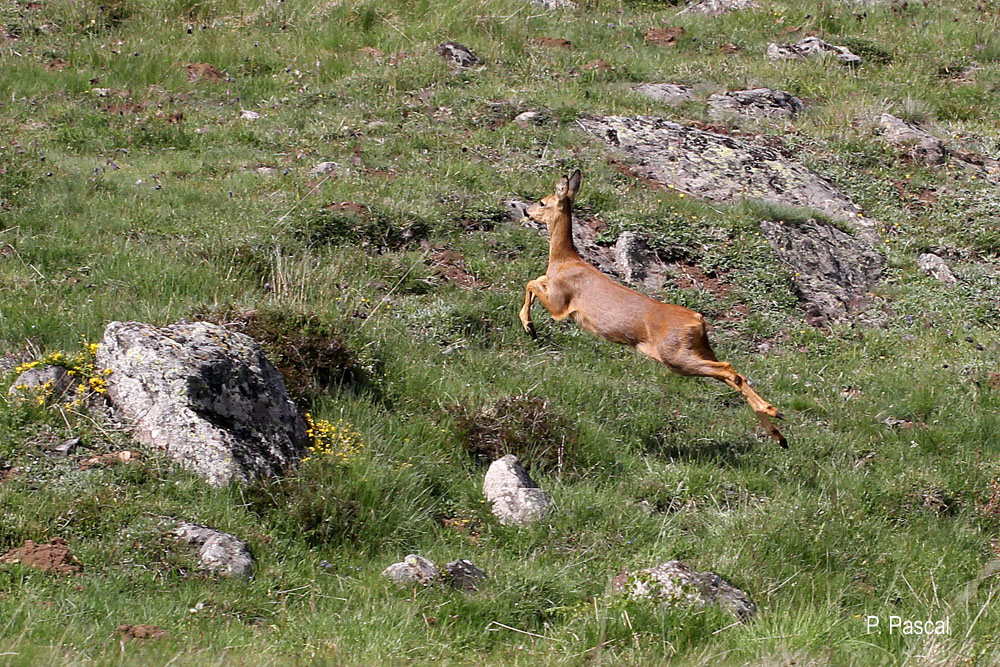
| Auteur : P. Pascal |
 |
Pour se procurer la photo originale ou demander une autorisation d'utilisation, consulter :
savoure@mnhn.fr
Peyrache Pascal
Toute réutilisation de la présente photographie doit faire l’objet d’une demande d’autorisation auprès de l’auteur.
Lien vers le code de la propriété intellectuelle (Legifrance)
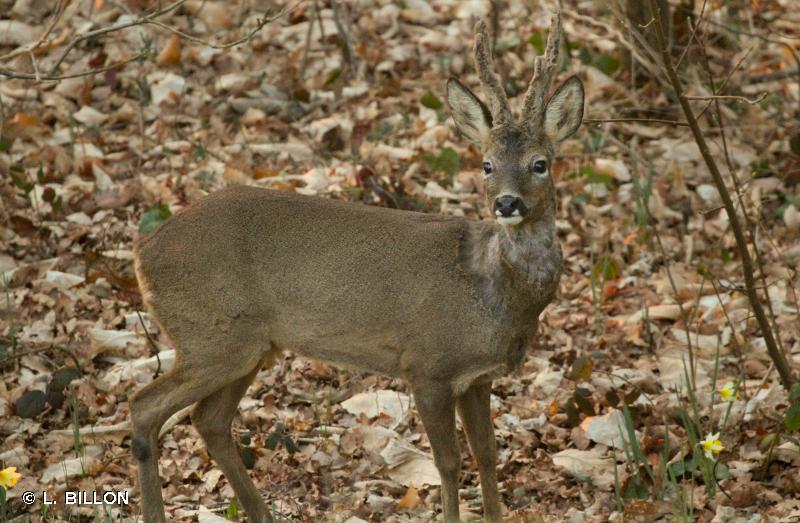
| Auteur : L. BILLON |
 |
Pour se procurer la photo originale ou demander une autorisation d'utilisation, consulter :
Lucille Billon
Email : lbillon@mnhn.fr
Malgré la licence Creative Commons, n'hésitez pas à informer l'auteur de l'utilisation qui sera faite de sa photo
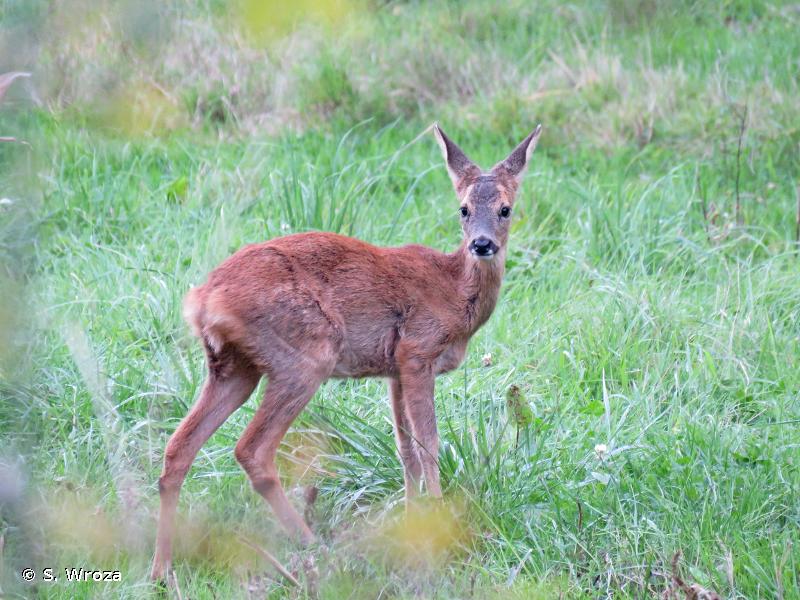
| Auteur : S. Wroza |
 |
Malgré la licence Creative Commons, n'hésitez pas à informer l'auteur de l'utilisation qui sera faite de sa photo
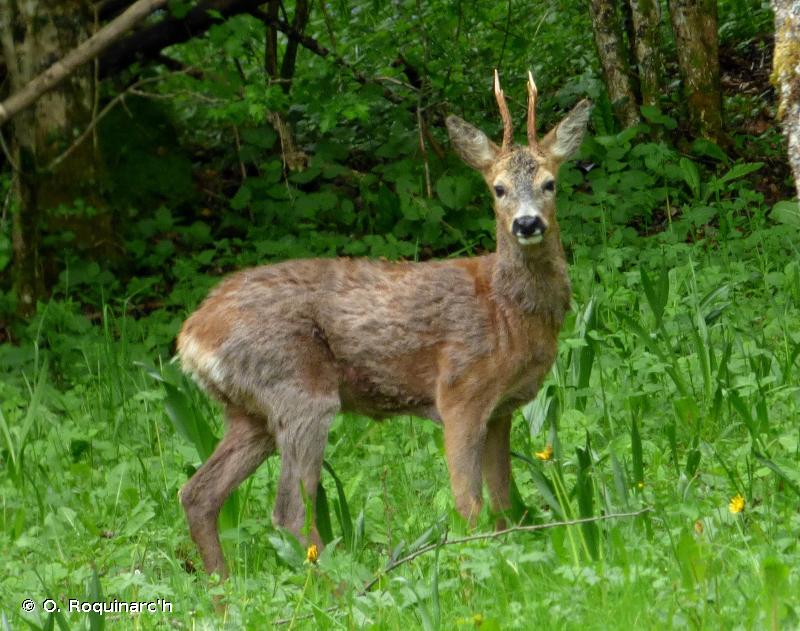
| Auteur : O. Roquinarc'h |
 |
Pour se procurer la photo originale ou demander une autorisation d'utilisation, consulter :
Océane ROQUINARC'H,
Muséum national d'Histoire naturelle,
Service du Patrimoine Naturel,
4 Avenue du Petit Château,
91800 BRUNOY
mail : oroquinarch@mnhn.fr
Légende : Montmerlet (73).
Malgré la licence Creative Commons, n'hésitez pas à informer l'auteur de l'utilisation qui sera faite de sa photo

| Auteur : M. Ghislain |
 |
Pour se procurer la photo originale ou demander une autorisation d'utilisation, consulter :
Ghislain Manon
MNHN
43 rue Buffon
75005 Paris
Malgré la licence Creative Commons, n'hésitez pas à informer l'auteur de l'utilisation qui sera faite de sa photo
Taille : 95-135 cm plus 2-3 cm pour la queue (adulte). Hauteur au garrot : 65-75 cm.
Poids : 20-25 kg (adulte). Les mâles sont plus lourds que les femelles.
Diagnose : Le chevreuil a une silhouette fine et élancée. Le pelage varie du brun-gris en hiver au roux en été avec une tâche blanche sur les fesses. Les lèvres et le menton sont blancs recouverts d'une moustache noire. Les oreilles sont grandes et contournées d'un fin liseré noir. Le mâle (appelé brocard) porte des bois droits et parallèles pouvant atteindre près de 30 cm de haut.
Détermination : Simple.
Espèces proches : Cervus elaphus Linnaeus, 1758 (femelle). De loin, la biche peut se confondre avec la chevrette mais contrairement à cette dernière, la biche ne porte pas de moustache noire et son miroir (=la tâche sur la fesse) est jaunâtre et non blanc. De près, la taille bien plus importante de la biche permet de différencier aisément les deux espèces.
Période d'observation : Observable toute l'année et préférentiellement au crépuscule.
Biologie-éthologie : Le chevreuil s'accouple en été et met bas en mai-juin après une gestation de 130 jours qui débute en hiver. Sa gestation est donc dite « différée ». Le nombre de petits par portée varie de 1 à 3. Les bois des mâles poussent en hiver et tombent l'automne suivant. Herbivore, le chevreuil s'alimente de feuilles, bourgeons, graines…
Biogéographique et écologie : Il est présent en Europe et bien qu'il préfère les habitats forestiers, il fréquente tous types de milieux.
Référence bibliographique : Haffner P. & Savouré-Soubelet A. 2015. Sur la piste des Mammifères sauvages. Coll. L'amateur de la Nature. Dunod, Paris. 208 pp.
A. Savouré-Soubelet(UMS 2006 Patrimoine Naturel (AFB / CNRS / MNHN)),2015
continental
Métropole
Outre-mer
marin
Métropole
Outre-mer
La carte présente une synthèse à la maille 10 x 10 km des données d’observation de l’espèce transmises au SINP. Ces données ont été soumises à des filtres de validation.
La carte présente une couche de répartition de référence de l’espèce à l’échelle des départements et des secteurs marins. Les données de présence et d’absence ont été établies par expertise au sein d’un réseau de partenaires. Cette répartition de référence est utilisée dans le processus de validation des données du SINP au niveau de l’INPN.
Correspond à un signalement sur la base d'au moins une observation avérée dans une période de 10 ans (20 ans pour les invertébrés peu connus) précédant l'année de référence et aucune présomption de disparition depuis l'obtention de la dernière donnée ni doute sur le caractère reproducteur et implanté de cette population. Pour les espèces migratrices, la pr&easence indiqu&eae concerne les zones de reproduction.
Ce statut se base sur un ou plusieurs des critères suivants :
Ce point recouvre l'absence, par nature plus difficile à démontrer que la présence. Ce statut se base sur un ou plusieurs des critères suivants :
Ce statut doit également être attribué à un département dans lequel la présence de l'espèce est occasionnelle.
Cas particulier d'absence liée à une disparition avérée depuis moins d'un demi-siècle (les disparitions anciennes sont traitées comme « absence probable ou certaine »).
Dans l'état des connaissances, on ne peut pas se prononcer sur la présence ou l'absence actuelle dans le département. Il s'agit du statut utilisé par défaut quand on ne se situe pas dans une des catégories précédente ou dès lors qu'il y a un doute.
La carte présente la répartition mondiale de l’espèce à partir des données du GBIF (Global Biodiversity Information Facility - Système mondial d'information sur la biodiversité).
